Camel. Hurricane. Spitfire. Hunter. Buccaneer. Venom. Lightning. Harrier.
These are names that cause the hairs on the back of some necks to stand up. The British fighter plane, developed, built and flown in the UK and projecting British power overseas, often embodying cutting-edge developments in aerospace technologies. Freedom-winners. World-beaters. Still drawing admiring eyes and ears at air shows.
Things of the past. Museum-pieces.
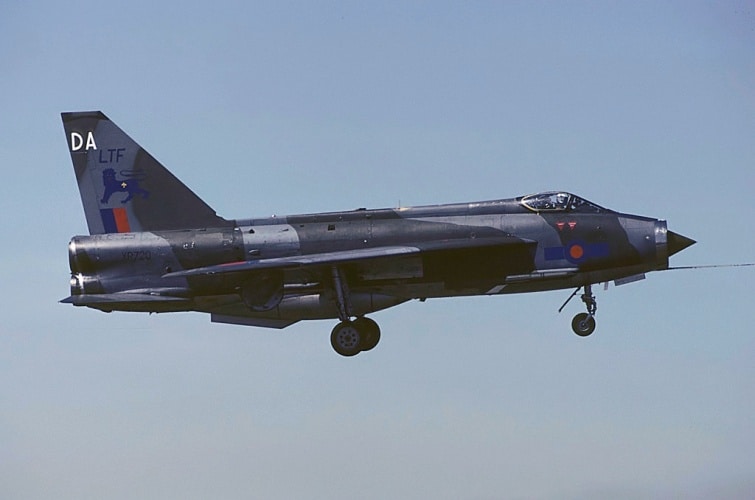
The RAF’s last three front-line fighter aircraft, the SEPECAT Jaguar, Panavia Tornado and Eurofighter Typhoon, have all been the result of international cooperative ventures: the Jaguar Anglo-French, Tornado Anglo-German-Italian, and Typhoon Anglo-Italo-Franco-Germano-Spanish. And the next fighter will be international too: although the F35 Lightning II has a pronounced American accent; despite funding from the UK, Canada, Australia, Turkey, the Netherlands, Israel, Korea and Italy, and several key components made outside the US (including several from the UK), it’s still generally regarded as a Lockheed Martin aircraft; even its name is American-slanted, commemorating the 1940s twin-boom P38 Lockheed Lightning rather than the Cold War-era English Electric Lightning jet fighter (we still think it should be called the Lightning III, at least in RAF/Fleet Air Arm service). So is the British single-seat fighter dead?
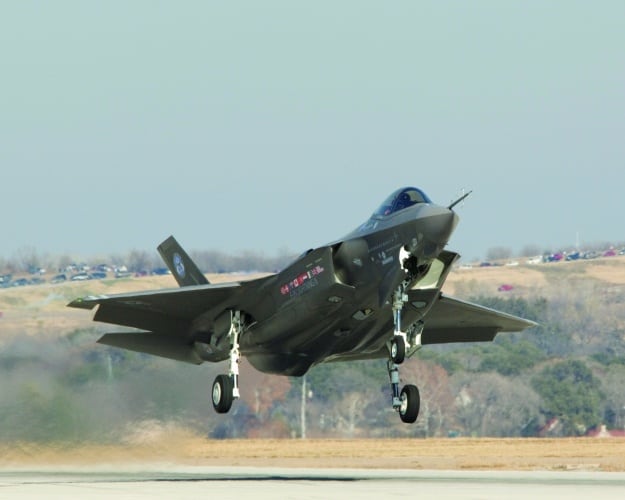
Defunct British aircraft are an emotive subject. The scrapping of the Harrier still raises hackles, especially when the subject of the Royal Navy’s new aircraft carriers is raised. For that matter, some still bridle at the cancellation of the development of a supersonic variant of the Harrier in the early 1960s in favour of the purchase of F4 Phantom fighter bombers.
Going even further back, the scrapping of the BAC TSR-2 fighter bomber some years earlier is also still somewhat of a sore point, especially because of what some see as the unseemly haste of the destruction of the production jigs. Again the US was the beneficiary, with the MOD ordering the General Dynamics F-111 to fill the role, although cost escalation meant the aircraft were never actually purchased; the Phantom and the by-then elderly Buccaneer filled the gap, with Jaguars and Tornados eventually taking over the role for which TSR-2 had been designed.
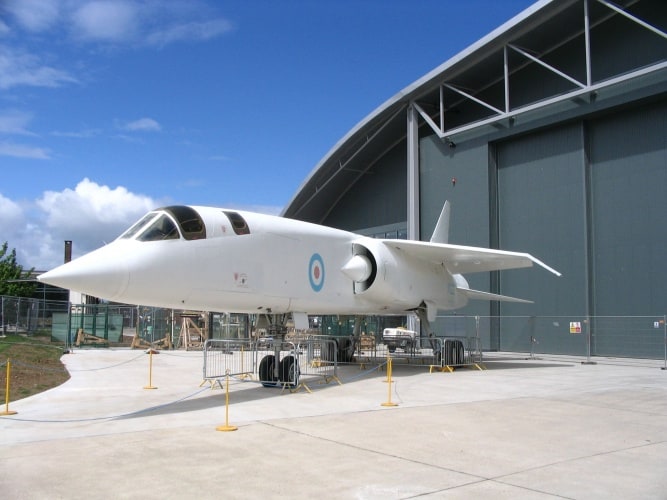
The official line is that the UK no longer has the funds to develop or build a top-line fighter aircraft alone: The Engineer has often been told that no single nation does; hence the multinational nature of the F35 project. If that’s the case, though, clearly nobody told France or Sweden, both countries with STEM sectors and aerospace industries smaller than the UKs but which nonetheless have managed to develop and build the Dassault Rafale and Saab Gripen respectively; and moreover win export orders to India, Egypt and Qatar (for the Rafale) and South Africa, Hungary and the Czech Republic (for the Gripen). France, in fact, developed the Rafale after leaving the Joint Strike Fighter programme which led to the F35.
The Engineer has often been told that no single nation has the funds to develop or build a top-line fighter aircraft alone. Clearly nobody told France or Sweden
The UK giving up a technological advantage also has a ignoble history. It remains the only nation to develop independently the ability to launch satellites into space then give it up, not even taking its capability into the European launcher programme that led to Ariane, as I’ve written before. Some decades on, a few aged survivors of the Black Arrow/Black Knight British rocket programme are now involved in the development of the spaceplane Skylon, which has received some UK government funding: maybe a belated acknowledgement of the folly of the 1950s decision.
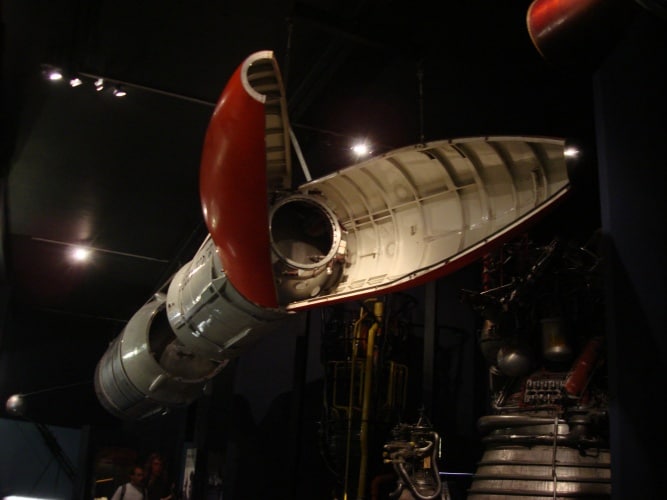
With the publication of a recent report from defence consultancy IHS Janes revealing that the RAF is at its lowest level of single-seat fighter numbers in its 97-year history, and the F35 suffering the seemingly inevitable delays of a complex defence programme, it might be worth asking: What’s stopping the UK from building its own once again?
Well, clearly political will, just for a start. It might also be the case that the resources tied up with the F35 programme — the UK is making 15 percent of every aircraft, including its rear fuselage, the wing tips and engine for the STOVL version, and much of the electronics — is tying up so much of the UK’s defence aerospace capability that there isn’t enough left to build a complete fighter aircraft.
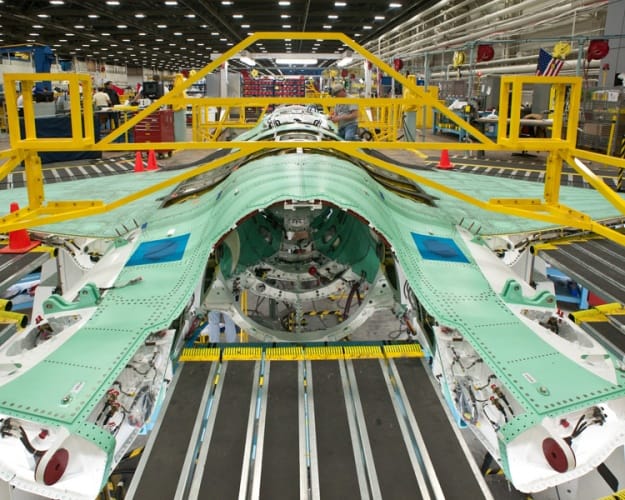
Another opinion frequently heard is that the march of progress means developing a piloted fighter would not be a smart move. The F35 is already seen by some as the last of its breed: future military aircraft will all be unpiloted, the argument goes; so the future, and smart development funding, belongs to the UAV. Certainly the argument that aerospace sovereignty — the ability of the UK to manufacture the means to defend itself — lies in developing UAV capability seems to be one that’s accepted by policy-makers and within the aerospace industry.
There can be no doubt that developing a new all-British aircraft would be a very expensive proposition: TSR-2 might be half a century ago, but it’s not an encouraging precedent. A British fighter would just as certainly be a boost to the image of the UK aerospace sector: a recent commenter on our site pointed out that although Concorde was a commercial failure, its technological success and aura of glamour arguably made it an overall success for the UK anyway, in terms of underlining UK capability and attracting talent to the industry. Assessing that point of view might make a very intriguing academic/political/economic exercise.
It seems unbelievable, with what we know about the UK aerospace sector and capability of the aerospace research base, that the country is incapable of developing and building any aircraft it wanted to; be it single-seat fighter, multi-role bomber/transport or airliner. But whether that would be worth doing is another argument entirely, and one that it seems the ‘No’ camp is winning. Whether the UK’s trailblazing path, exemplified by the Spitfire and Lightning (the fast jet, not the twin prop one) will be taken up once again by the first unpiloted military aircraft to take over from crewed planes in the RAF is something yet to be seen.










Water Sector Talent Exodus Could Cripple The Sector
Maybe if things are essential for the running of a country and we want to pay a fair price we should be running these utilities on a not for profit...